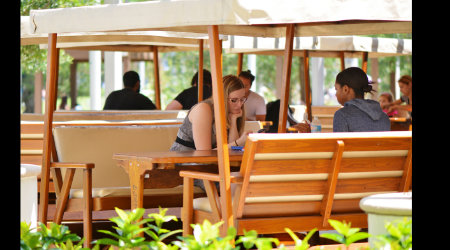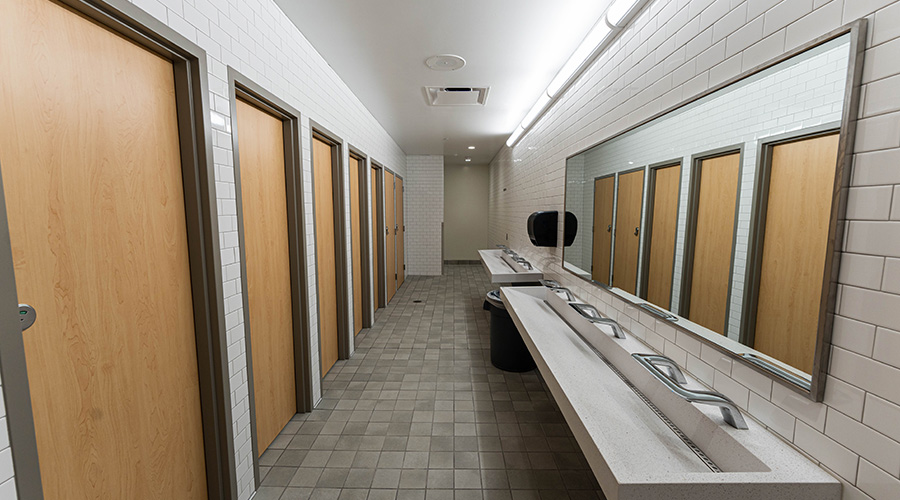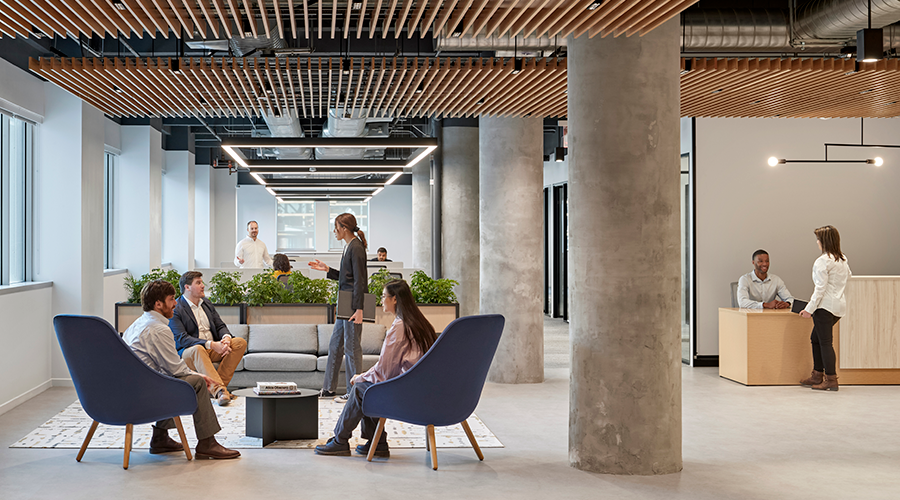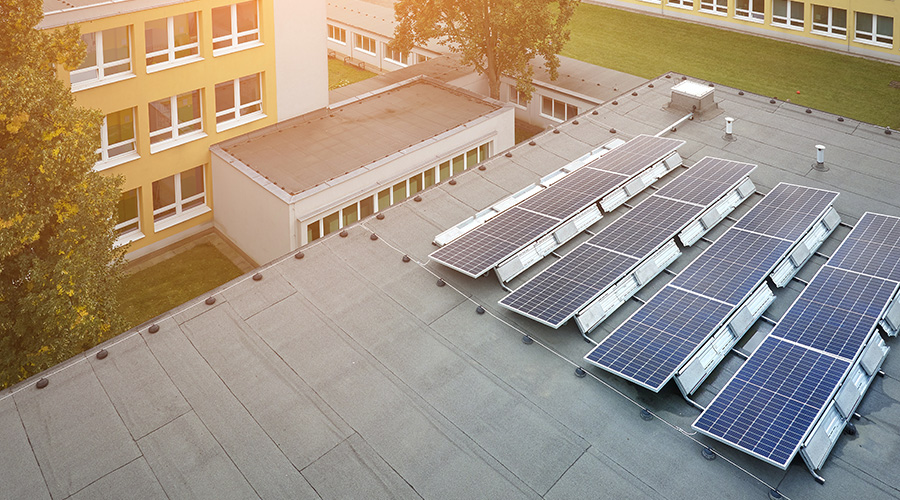5 Trends in Creating Outdoor Spaces on College Campuses
An expert landscape architect discusses why creating best-in-class outdoor spaces isn't just about curb appeal. It's about attracting prospecting students, as well as student safety.
By Dave Lubach, managing editor
One of the traditional roles of grounds managers at institutions of higher education has always been to maintain the landscape at pristine levels in part to entice prospective students and their parents to commit to the university.
Then the COVID-19 pandemic struck, and the narrative started to change.
“For decades, landscape architects have been promoting outdoor space and taking advantage of the space, programming it for people to really interact in those kinds of settings,” says Kona Gray, landscape architect and principal at EDSA. “But COVID amplified it.”
More colleges and universities are utilizing outdoor spaces for more than just curb appeal. As social distancing continues during the pandemic and students’ study habits change, the idea of hosting classes or studying more outdoors has emerged as options on campuses.
Gray recently discussed five trends in utilizing outdoor spaces on campuses, offering design suggestions for facility and grounds managers.
- Use the space between buildings. “The spaces are there, and you’ve already invested in them,” Gray says. “There is always a great opportunity to leverage these spaces. You can use these spaces year-round and you should program them as you would program a building. Use the space in matters that allow you to be not only flexible but equitable.”
- Enhance the flexibility of spaces. The traditional campus set-up of having buildings that are entirely devoted to a specific education subject are a thing of the past, Gray says. “The days of having a chemistry building, a biology building, a math building, those days are going to slowly evaporate,” he says. “It’s going to become more of an opportunity for folks to learn, problem-solve and do things in a cross-disciplinary way. You need to have spaces that will allow you to not only engage in labs and study halls, but lounge spaces. We’ve done that with exterior spaces, where you can get out of that class and go to a setting where other classes can come together and have conversations to work on a particular project. That flexibility is something to have in your tool kit.”
- Create outdoor study pods. Many students prefer studying from various spaces. Factors could include the weather, desire to study alone or in a group, or needing a space to spend time close to a lecture hall between classes. “This is a trend we’re seeing in the office culture as well, where people are either working from home from their minideck or a multi-family apartment building where they can grab their laptop and be in a work pod or study pod,” Gray says. “It gives students the experience of learning without being tied to a particular space.”
- Offer amenities. The word is often more associated with hotels or apartments, but students are now expecting additional amenities on their campuses and in residence hall areas. Schools are now designing additional spaces for clubs to meet and socialize. The areas, especially in warm-weather climates, can include areas for activities such as foosball and ping-pong tables. “At a residence hall at Florida International University, we designed the exterior space as kind of a common area gathering space that is covered,” Gray says. “Adding simple stuff, that’s quality of life, student life, and it leads to experiences that people remember for a long time.”
- Campus circulation. Moving around campus safely and easily is also an important aspect of space use on campuses. Gray says a design goal at many schools these days is to not have to cross streets and engage with traffic once arriving on campus. “Some universities we’ve worked with are still going through that transition from commuter to a campus where they place a lot of parking outside of a campus loop road, but you get into a situation where an influx of students cross the street at the same time, which is a total disaster. You have to use traffic signs, covered walks, sky bridges, and with really good planning, you can avoid that.”
When it comes time to justify these projects to management, Gray says it’s important that facility managers have a good working relationship with the decision-makers who are asking about developing new, outdoor spaces to keep campuses up-to-date and appealing to meet the needs of current and incoming students.
“You’re usually seeing a directive from the top, and you always have to have great leadership that understands a bigger vision, but also understands (the managers’) day to day,” Gray says. “The VPs of facilities, facility managers we’ve worked with, are uber-sensitive about operations and maintenance.”
Dave Lubach is managing editor, facility market.
Related Topics:












